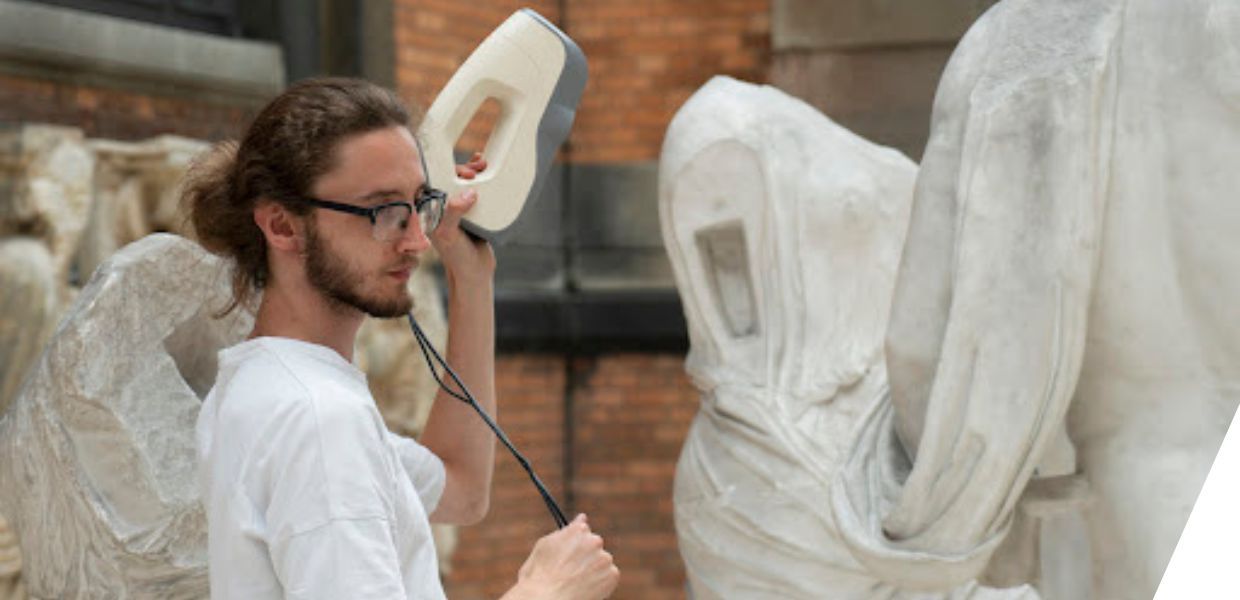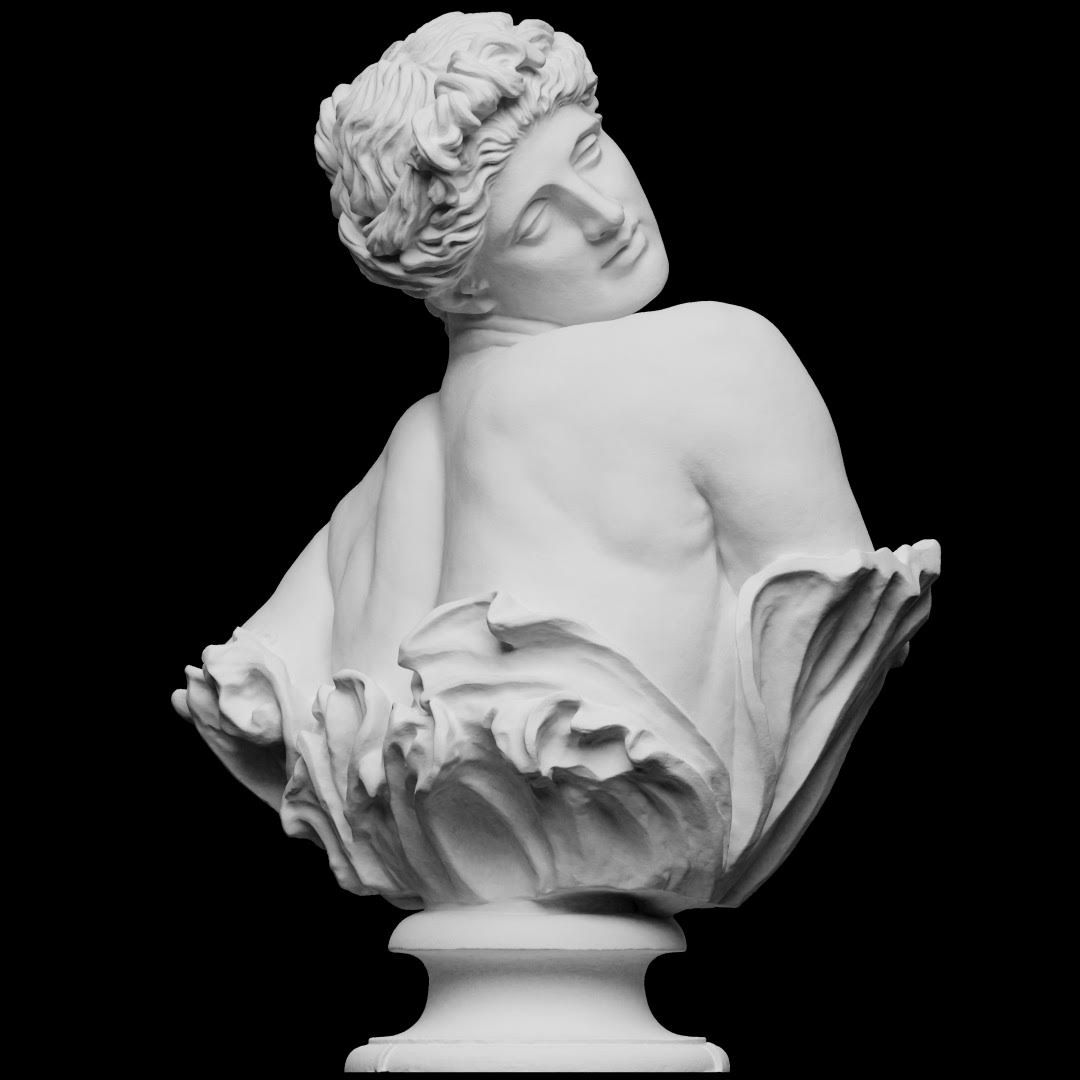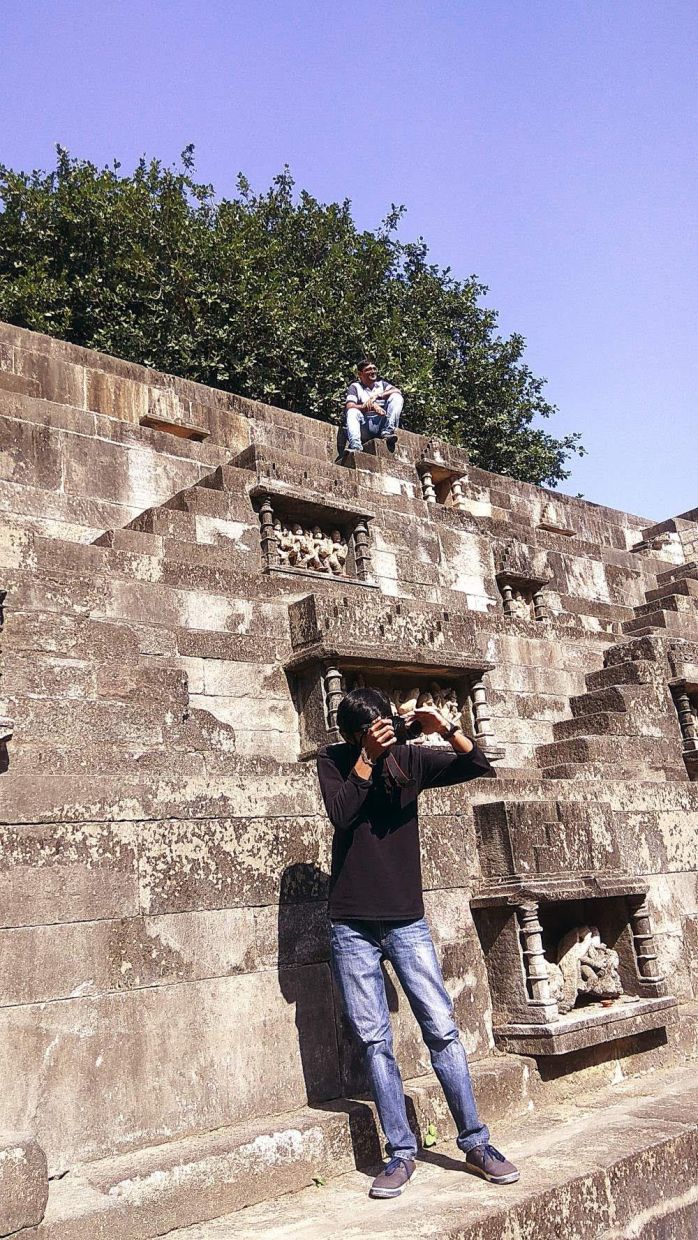Scan the World, as well as a scanning and archival service, offers ‘official’ workshops and scanathons within museums as part of an effort to educate and inspire cultural institutions to embrace 3D technologies and adopt the OpenGLAM movement within their digital ecosystems. This includes running workshops for internal staff as well as opening up workshops as engaging activities for visitors or student groups of all ages.
Some challenges…
We worked with The Victoria and Albert Museum on a series of workshops within the digital learning department with the aim of educating visitors and staff about the potential of 3D technologies. The great thing about 3D scanning is that it is a very fun and interactive activity, as well as hands-on for people of all abilities. We use an Artec Eva scanner, a structured light machine that can digitise in full colour to an accuracy of up to 0.1mm. But, 3D printing takes time. Although the technology is becoming a lot quicker, 3D printers are still slow.
We believe that ensuring your resulting 3D scanned models are printable is vital for your collection. In an age of mass digitisation, metaverses and big organisations monetising others’ data, ensuring that your collections are shared to a high quality as well as being usable in as many ways as possible is important. By opening your collection so that tangible copies can be made by anyone, it opens up heritage to those who are visually impaired or cannot physically visit the museum site.
Next steps for 3D and digital cultural heritage
I believe that for collections to be accessed, shared and known, we have to truly understand the community that will use them. Engaging with your community is important, and within the digital and internet age it has been proven that open access information is the key for attracting a diverse and global audience.
My hope for the future of 3D digital cultural heritage is that more meaningful data is collected and shared with the world, with a focus on sustainability rather than major profit margins. As knowledge of 3D is developing beyond superficial experiences and printing firearms, we're starting to understand that the technology can be used to create connections between institutions and, most importantly, with their visitors and audiences.
Get in touch!
Scan the World stands as an open call to all cultural heritage professionals. Our aim is to teach 3D technologies with a purpose, and encourage meaningful projects across the globe to make collections accessible to all. In offering a 3D digitisation, archiving and sharing service for collections of all shapes and sizes, as well as workshops for internal staff and external visitors, we provide a concise and fundamental introduction to the full 3D pipeline.
You can get in touch with me at jon@myminifactory.com. Or you can follow our scanning adventures, as well as the inspiring remixes and 3D prints made by the community through our social media channels and newsletter.
Instagram - @scantheworld
Twitter - @scan_the_world
More on 3D
Stay tuned for more news on 3D in Europeana Pro and find out more about how ‘Twin It! 3D for Europe’s culture is working to increase high-quality, usable and accessible 3D content in the data space.




